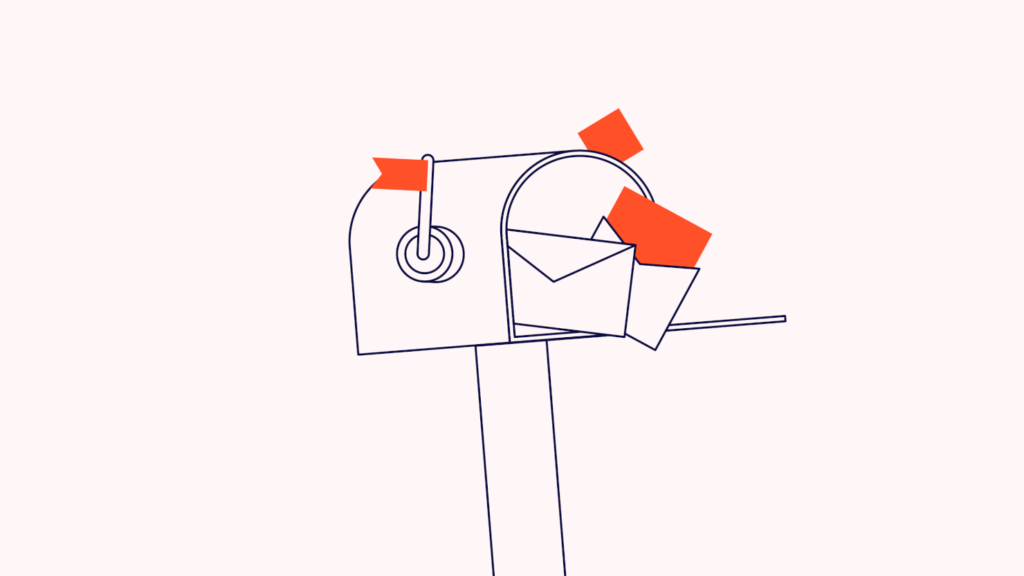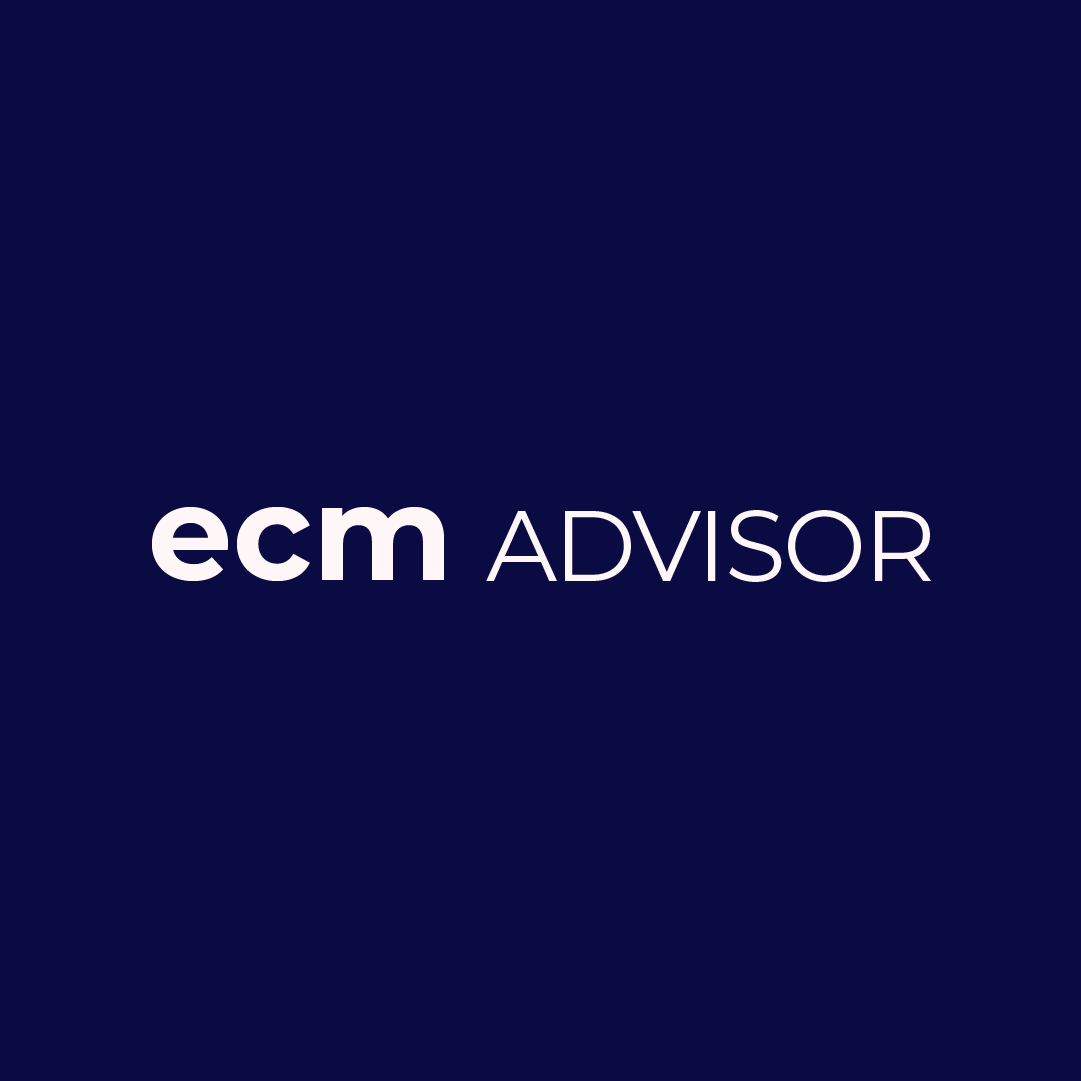In a world where technology has changed by leaps and bounds over a few short decades, keeping up with ecommerce email marketing best practices is not always simple.
Email marketing has a great ROI ($36 for every $1 spent on average) and can also provide us with valuable insights into our customers.
While sending off a group email blast is simple, there are best practices to make a targeted marketing email campaign successful.
It's important to understand how to do ecommerce email marketing effectively. For example, knowing the best time to send an email campaign, including an eye-catching subject line, understanding email design best practices, and using a solid email marketing tool are all beneficial.
What is Ecommerce Email Marketing?
Ecommerce email marketing is exactly what it sounds like. It’s a marketing strategy that uses email messages to promote products of an online store to potential and/or existing customers.
In addition to promotional emails, other ways to use this strategy include:
- Shopping cart abandonment emails
- Loyal customer emails
- Discount code emails
- Useful content solving customer problems
- Personalized email, such as on a customer’s birthday
- New customer email (after their first purchase).
You’ll likely also want to utilize an automated email strategy too. This allows you to send emails to your email list without any manual input, depending on certain criteria (e.g., abandon cart).
There is no shortage of pros who have been down the road of email marketing and have hard-won advice to offer about processes such as how to send a welcome email, create an email template, and everything in between.
Learning email marketing best practices from the experts and adding in your own experience helps you create a successful email campaign with positive returns. Let’s see what eight experts have to say.
Email Marketing Tips and Best Practices From the Experts
Kevan Lee – Buffer Marketing
Kevin understands what we have always been told: first impressions are important. While the body and design of an email are important, we often neglect the “From” and “Subject” lines even though those are the first things the person receiving the email sees. As with many marketing tactics, communication and trust are important when it comes to sales. If people trust you then they’re more likely to read your full email. Let the reader know it’s from you and make sure the subject line matches the content—no only likes clickbait and will lose trust in you.
Becca Banyard - Black + White Zebra
Becca highlights the importance of cleaning your mailing list regularly. People may sign up to your mailing list but are actually not interested in your content or what you're selling. By conducting re-engagement campaigns and win-back campaigns, you can actively clean your list by removing subscribers from your list who do not open and click on any of your campaigns. These campaigns—which are usually powered by email automation—have a poor open rate-which is expected as these subscribers are inactive. A great tip for these campaigns would be to include a gift that will encourage subscribers to click and become more engaged.
Galen Low – The Digital Project Manager
Knowing when to send emails is crucial. 10 am or 8 pm until midnight is the best time to send an email blast. Avoid sending emails during inbox purge times by sending between 8:30 AM-10 AM, 2:30 PM-3:30 PM, or 8 PM to midnight. Also, Monday-Thursday are the best days. Experiment a bit to find out which time is best for you regarding open and click-through rates, and then stick to it thereafter. This trains your readers to expect emails from you on a certain day and time.
Ian Brodie – Consultant and author of “Email Persuasion”
Ian points out the basic facts that we often miss in email marketing campaigns. It doesn’t matter. Ian points out the basic facts that we often miss in email marketing campaigns. It doesn't matter how good the email is or how trustworthy you are perceived to be. If it doesn't get into your target's inbox, your email is useless. As technology progresses and algorithms tighten the grip on what's allowed in an inbox, make sure that your emails aren't being flagged as spam. Don't use spam traps or dead addresses. Try to warm up your email address by first sending around blank campaigns to your team and getting them to respond to you. Then engage with those who are reading and responding to your emails.
Dennis Yu – CEO of Blitzmetrics
Social media has jumped to the front of the line when it comes to marketing. Dennis is clear that every email blast you send should be written just as you would a social media post. He feels this is critical as almost 80% of emails are read on a mobile phone. People scroll quickly and you need to catch their attention. Headlines are critical. Keep text and paragraphs short with content that will teach, inspire, and entertain.
Ivana Taylor – DIYMarketers.com
Ivana steps into email marketing with a practical approach. Rather than just jumping on the email bandwagon with just any email marketing service, she suggests first deciding how it fits into your overall marketing strategy. Email can be used to offer your customers content that will eventually lead to a call to action. Know who you are selling to and their preferred form of communication along with what you are selling or promoting. Ivana understands email may not be part of everyone's marketing campaign but if it links well with your bigger picture, they will be hugely beneficial.
Henneke Duistermaat – Enchanting Marketing
Henneke is a pro when it comes to marketing. Her suggestions around email are solid and helpful. Her belief that unsubscribes can be a good thing helps someone new to email campaigns understand that unsubscribes are not the end of the world. They’re not personal and certainly shouldn’t be taken to heart. There is no way to please everyone and as your numbers grow, there will be people who want to opt-out. Henneke’s suggestion to stay focused and not try to please everyone is great practice. Your message stays true and those who are seriously interested will remain so.
Adam Connell – Blogging Wizard
Email is no different than other marketing tactics. Adam points out that you need to know your audience to deliver value to serve them better. Make sure your customers know what they are signing up for, and be clear about how they can unsubscribe. Being transparent is important in building trust. You can also use tools to improve deliverability, including verification tools.
Questions to Answer Before Taking the Next Step
Now that you know more about ecommerce email marketing—including tips and best practices from seven industry experts—there’s one last thing to do: clear your mind before implementing your strategy. Doing so often means answering a variety of questions, such as:
1. Have you experimented with ecommerce email marketing in the past?
Your past results can help you create a better plan for the future. Even if you don’t have a large sample size, closely review everything you’ve done to this point.
2. What is the best email marketing service?
There’s no right or wrong answer to this question. Some people love Campaign Monitor, while others lean toward Mailchimp or ActiveCampaign. Choose the one that’s best for your ecommerce business.
3. Does your current ecommerce platform meet all your needs?
Even if the answer is yes, it never hurts to get a product recommendation from a colleague. And if the answer is no, open up your search by learning more about every available email marketing software service.
4. Are you familiar with the many email templates that are available via most platforms?
Email templates can save you time while giving your messages a more professional appearance. Experiment with several options, compare data, and make a final decision as to which one is best for both your brand and audience.
5. Who composed your last promotional email? Do you need help moving forward?
It’s one thing to send targeted emails but another to do so with success. If you’ve struggled to create high-converting messages in the past, consider hiring a copywriter to assist your small business in the future.
6. Are you using an email marketing tool to track performance?
Use at least one email marketing tool to track your performance. Important statistics include open rate, click-through rate, and return on investment. Marketing automation is important, but when it comes to data and statistics, you or someone on your team should review every number in detail.
7. What are the primary goals of your email marketing strategy?
Make it easy for every subscriber to understand the goal of your email, whether it be to promote a new product, offer a discount, or say thank you.
8. Is your email marketing strategy attached to any other type?
Social media marketing and email marketing go together hand in hand. For example, you can promote new products to your list via email and to your followers via social.
SMS marketing is another idea to consider, as it’s delivered similarly to an opt-in list.
Need expert help selecting the right Email Marketing Software?
If you’re struggling to choose the right software, let us help you. Just share your needs in the form below and you’ll get free access to our dedicated software advisors who match and connect you with the best vendors for your needs.
Final Thoughts
This advice is just the tip of the iceberg when it comes to email marketing best practices.
Also, the technology you choose is important as this can impact how easy it is to create campaigns, what automation options are available, and how deeply you can dig into the data. For guidance, check out our pick of the best email marketing software on the market today.
At The Ecomm Manager, our goal is to have the newest and best ideas in ecommerce strategy, marketing, and social. Stay on top of ecommerce trends, data, and news about search engine marketing, SEO, analytics, conversion rate optimization CRO, mobile commerce, ecommerce apps, and tools.
Related Read:
- 10 Best Digital Marketing Software For Promoting & Selling Online
- Everything You Need To Know About SMS Marketing
List of Related Tools: Ecommerce Software For Online Sellers
Also Worth Checking Out: Proven Ecommerce Marketing Strategies And Best Practices



